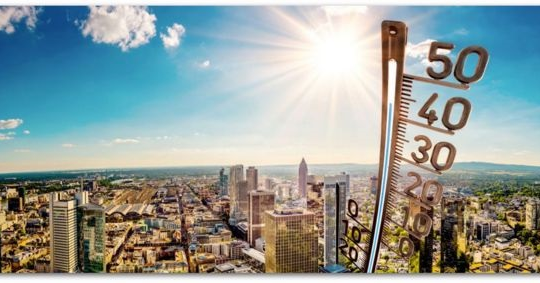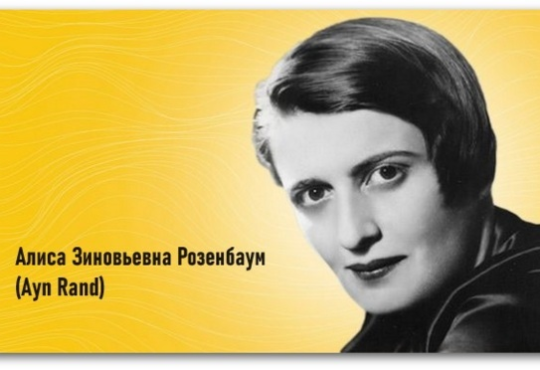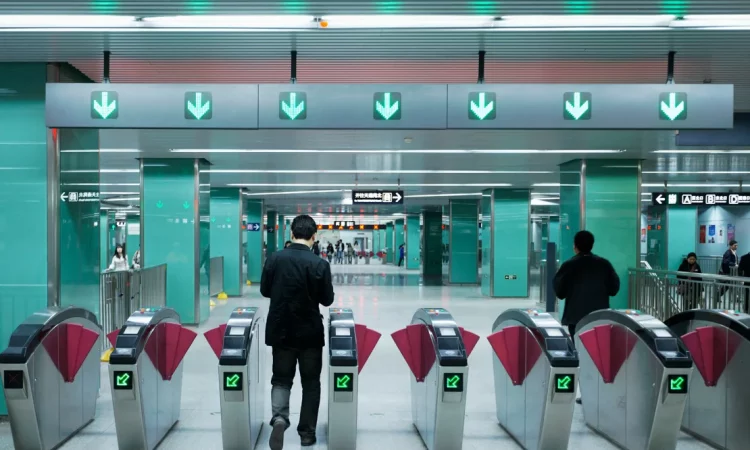
Crowded, hot, noisy, hectic – subway systems can test the sanity of even the most hardened urbanite, but can you imagine the world’s biggest cities without them? And as millions more of us flock to live in cities every year, efficient mass transit is going to become ever more critical to urban life.
Subways – more commonly known as metros outside North America – are as varied as the cities they serve. They encompass everything from claustrophobic Victorian “tube” tunnels cut by hand to elegant turn-of-the-century steel viaducts and hyper-modern subterranean cathedrals served by fully automatic trains.
Ad Feedback
What links them all is their incredible engineering and the role they play in the lives of people and cities. Here are a few of our favorites.
London Underground
The first and still one of the greatest of the world’s metro networks, London’s first subterranean railway line opened in January 1863 – with steam trains running below the streets between Paddington and Farringdon – and the system has since expanded to serve 272 stations on a 250-mile (400-kilometer) network with 11 lines.
More than four million Londoners and visitors use the “Tube” every day, but despite the name more of the system lies above ground (55%) than beneath it. Branches extend far out into the surrounding counties of Essex, Hertfordshire and Buckinghamshire.
Far more than a transit system, London Underground is a global cultural icon (copies of its red, white and blue roundels can be found all over the world) and has been a world leader in transport architecture and design for more than a century.
Without it, London’s development into one of the world’s great cities would have been impossible.
Beijing Metro
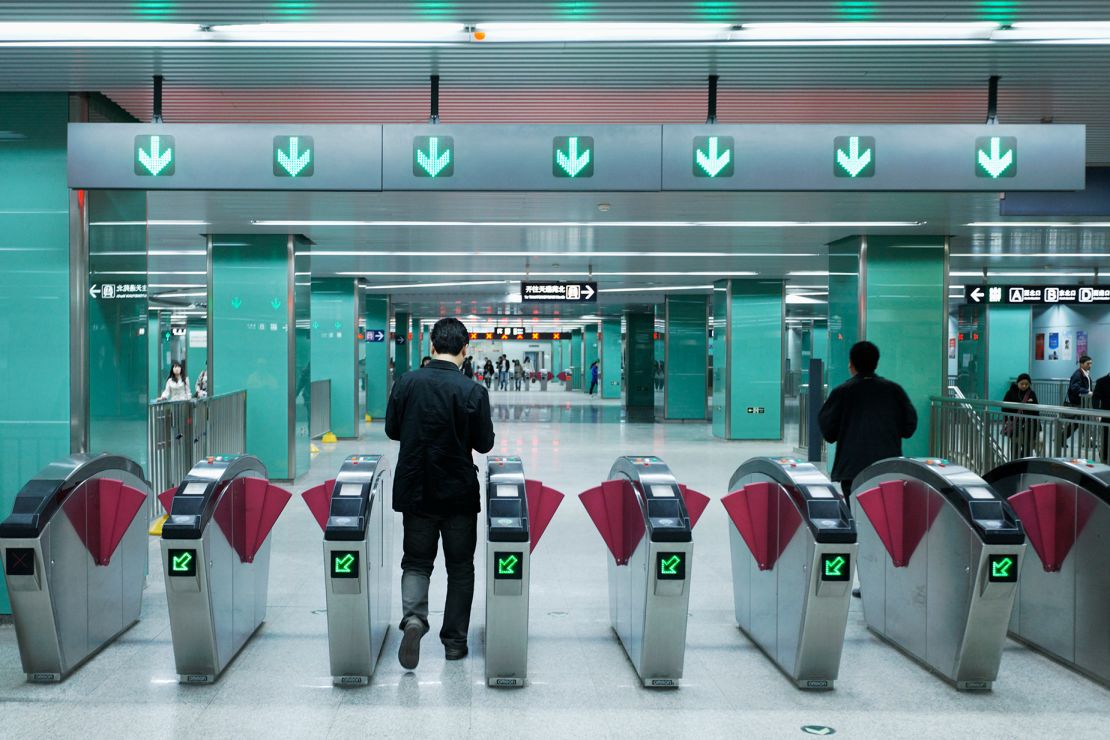
Beijing is home to one of the world’s longest and busiest subway systems. Yang Liu/The Image Bank Unreleased/Getty Images
Despite opening more than a century after London’s first Underground line, China’s Beijing Metro has grown rapidly to become one of the world’s longest and busiest systems.
Opened in 1971, it now comprises 27 lines – including one Maglev route – extending for 519 miles across the Chinese capital and surrounding districts with 490 stations handling more than 10 million trips per day before the Covid-19 pandemic (3.84 billion trips in 2018).
Six of the lines are fully automated with driverless trains. Ridership is recovering strongly and, in common with many other Chinese transit systems, it is struggling to meet the demands of a growing city.
Beijing plans to extend its system to more than 620 miles and around 18.5 million trips a day by 2025. In response to chronic traffic congestion, the city is aiming for 60% of trips to be by public transit by 2025 – of those, 62% will involve the metro.
Fares start at just $0.40 for a trip of up to four miles, although kids up to 1.3-meters (4 foot 3 inches) tall, over-65s, police and army veterans, military personnel and disabled citizens travel free. Little wonder the trains are so well used!
Copenhagen Metro
It may not be the oldest, the longest or the busiest, but the Danish capital’s automatic Metro trains run 24 hours a day, seven days a week linking 39 spotlessly clean and stylish stations.
Voted the “world’s best metro” on several occasions by international metro rail professionals, it has carried more than a billion passengers since the first section opened in 2002.
As you’d expect from a city which prides itself as the home of cool Scandi design, the system exudes a simple, functional but compelling design philosophy and a calming environment quite unlike older and larger Metro systems elsewhere.
Today, more than 300,000 people a day use the “M” trains on four lines which connect seamlessly with Copenhagen’s bike hubs, buses and overground trains.
Although the trains are short by international standards, they’re incredibly frequent, running every two minutes for most of the day. While there may not be a real driver, kids of all ages can use their imagination to “drive” the trains if they’re lucky enough to bag the front seats!
Paris Métro
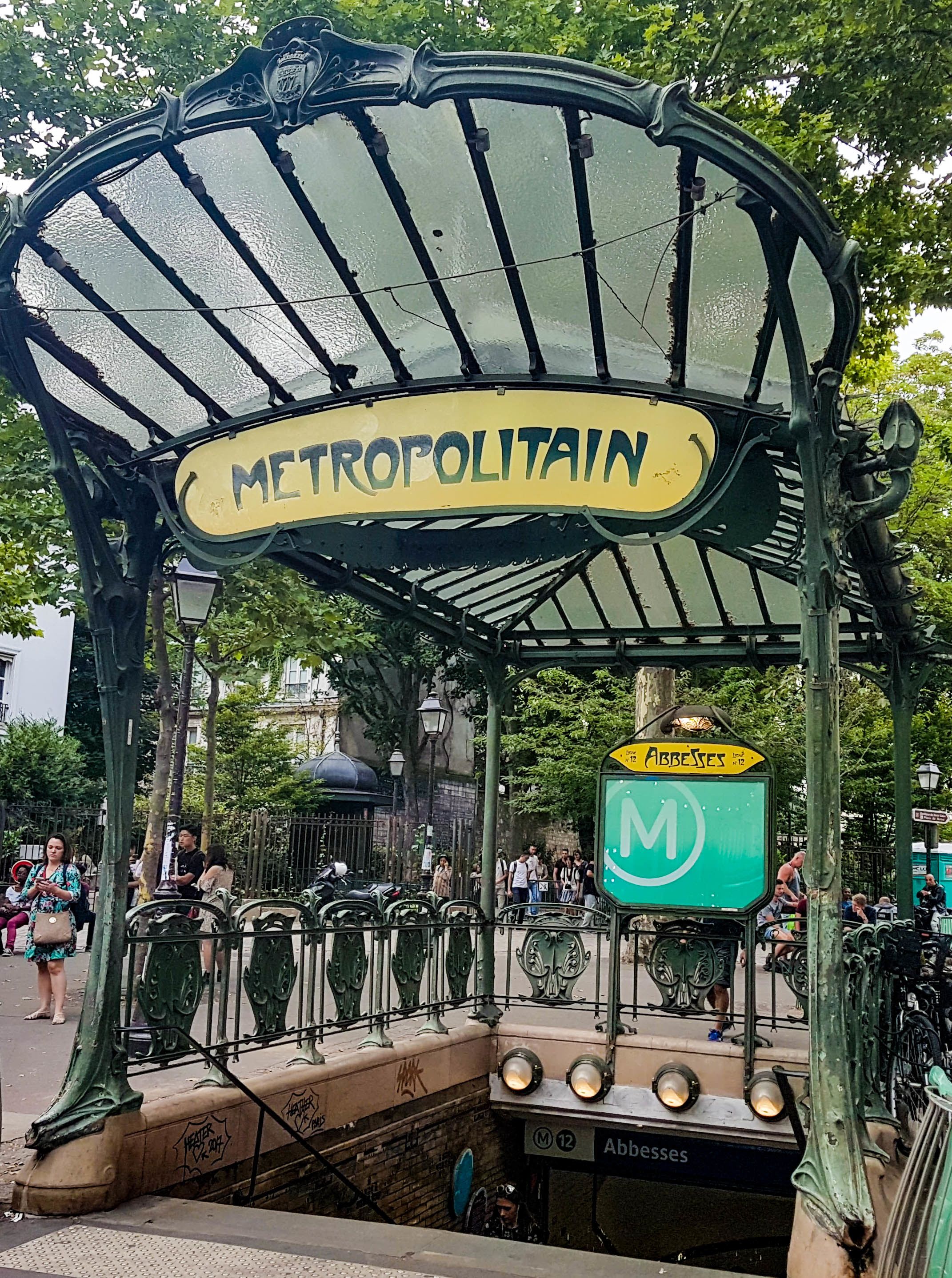
The Paris Métro’s art nouveau entrance canopies, designed by Hector Guimard, are known around the world, Barry Neild/CNN
With 308 stations on 16 lines packed mostly within the city limits, the Paris Métropolitain – or Métro for short – has been delivering some of the most iconic cityscapes in the world since 1900.
Whether it’s crossing the Seine on the Bir Hakeim Bridge close to the Eiffel Tower or rattling between the rooftops on early 20th century steel structures, the elevated sections of Lines 1, 2, 5 and 6 are the place to head for fleeting glimpses of the city going about its daily life.
Like London’s Underground, the Paris Métro is part of the city’s cultural fabric, linking world-famous landmarks, museums and art galleries.
Hector Guimard’s iconic art nouveau entrance canopies are known around the world, but the architectural interest doesn’t stop there. Subterranean stations such as the Jules Verne steampunk-esque Arts-et-Metiers on Line 11, Line 4’s stylish Cité or the brutalist tropical garden at Gare de Lyon on Line 14 make an appealing contrast to the standard white-tiled tunnels.
Paris is investing billions in new and upgraded automatic Métro lines to improve mobility, but older trains with classic manually-operated doors are still around to surprise and alarm first-time visitors as locals leap out while the wheels are still moving!
Tokyo subway
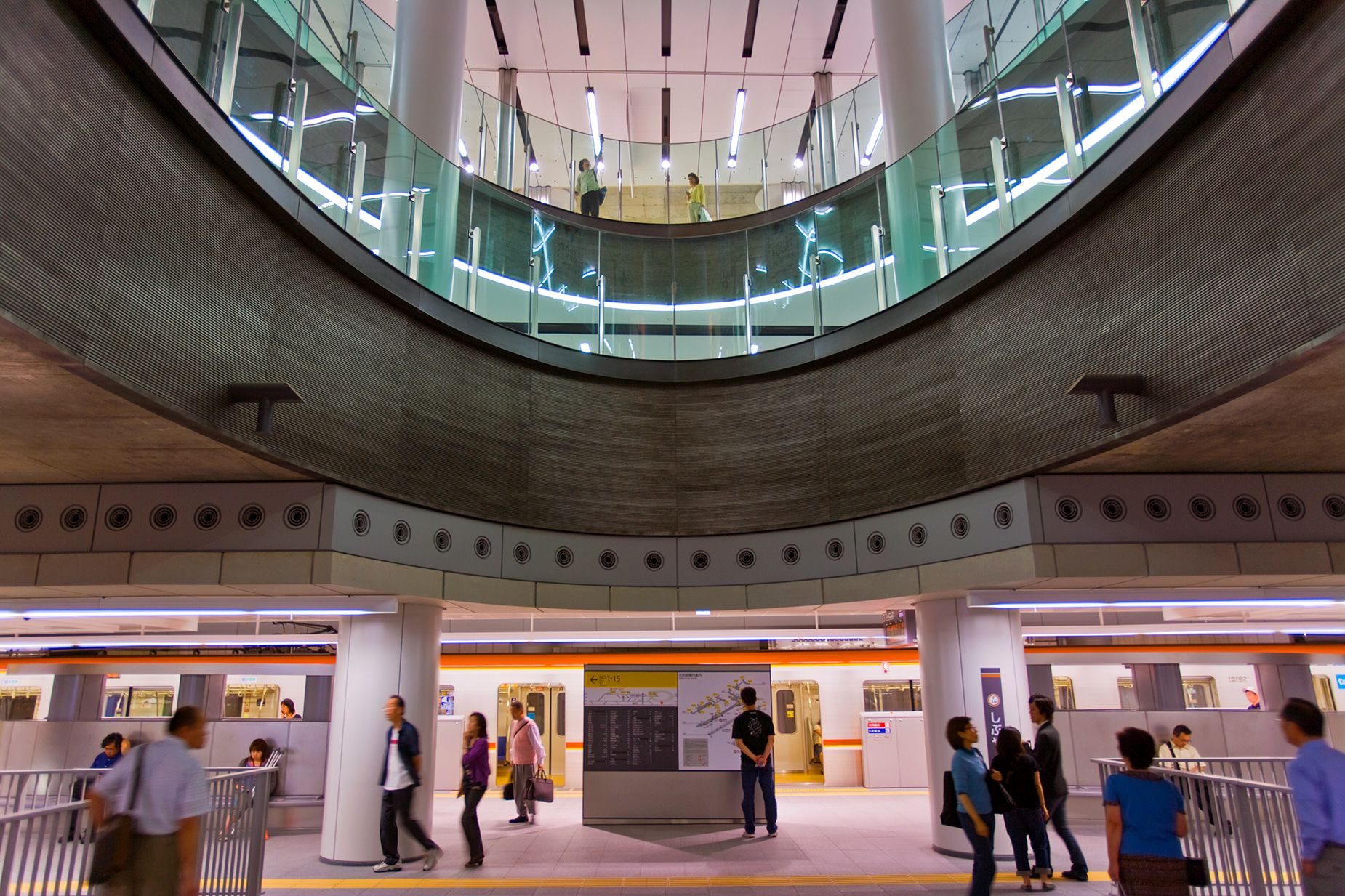
Tokyo’s Metro runs 24 hours a day. B. Tanaka/The Image Bank Unreleased/Getty Images
What comes to mind when you think of Tokyo’s subway? More than likely it’s the white-gloved Oshiya – professional “pushers” employed to cram as many bodies as possible into already-packed metro trains.
Efficient, dependable transit is critical in the world’s largest metropolitan area, which is home to more than 35 million people, around 14 million of whom live in the city itself.
Tokyo’s city transit network is incredibly dense and complex with no fewer than 100 urban rail lines including, somewhat unusually, two separate subway systems – Tokyo Metro and Toei Subway. Together they have 13 lines and 286 stations serving many of the city’s best-known districts.
Despite trains running up to 24 times per hour to precision timetables, many stations are said to operate at well over their intended capacity – some as much as 200% more than they were designed for.
All of this can make using Tokyo’s subways an overwhelming experience for visitors, but great efforts have been made in recent years to reduce that stress by providing multi-lingual signage, colour-coding and numbering of stations. Regular travelers can even identify where they are by the unique jingles played over the PA systems at some stations!
Seoul Metro
If losing your phone and Wi-Fi connection on the subway fills you with dread, you might want to head for the capital of South Korea to see what is possible.
Befitting the high-tech outlook of this ultra-modern city, Seoul Metro users can continue phone calls and internet browsing uninterrupted while underground or watch TV on screens fitted throughout the trains.
As if that wasn’t luxury enough, the climate-controlled trains even have heated seats to make traveling in winter a little more pleasant.
Spotlessly clean, efficient, safe, reasonably priced and serving most areas of the city, many experts regard Seoul Metro as the world’s best subway.
Since the opening of Line 1 in 1974, it has become a showcase for Korean technology, attracting urban transit planners from all over the world. The nine lines now make up one of the world’s largest metro networks, covering 500 miles (312 kilometers) and 288 stations and carrying almost seven million passengers per day.
New York City Subway
Another railway inextricably woven into the social, cultural and economic life of the city it serves is New York City’s world-famous Subway. Like the city itself, the NYC Subway never sleeps, operating 24 hours a day, 365 days a year.
At 665 miles (1,070 kilometers) long, with 25 lines – known locally as “trains” – and 472 stations it is North America’s longest and busiest network by some distance and one of the world’s greatest metro operations.
It carries more than 3.5 million passengers a day and is unusual in running “local” (making all stops) and “express” trains. It serves all five of the city’s boroughs – Manhattan, Bronx, Queens and Brooklyn, plus an isolated line on Staten Island.
Despite its name, much of the NYC Subway runs above ground, often on heavily riveted steel bridges straddling roads, familiar from movies such as “The French Connection” and “Saturday Night Fever.”
For even more Subway action, fans should check out the 1974 Walter Matthau movie “The Taking of Pelham 123” (not the 2009 remake), a brilliant fictional account of a subway train hijacking.
When the first Subway line opened back in 1904, a ticket cost just five cents. It’s a little more expensive today at $2.90, but trips are still very reasonably priced by international standards and are usually the quickest and most cost-effective way to get around the Big Apple.
Mexico City STC Metro
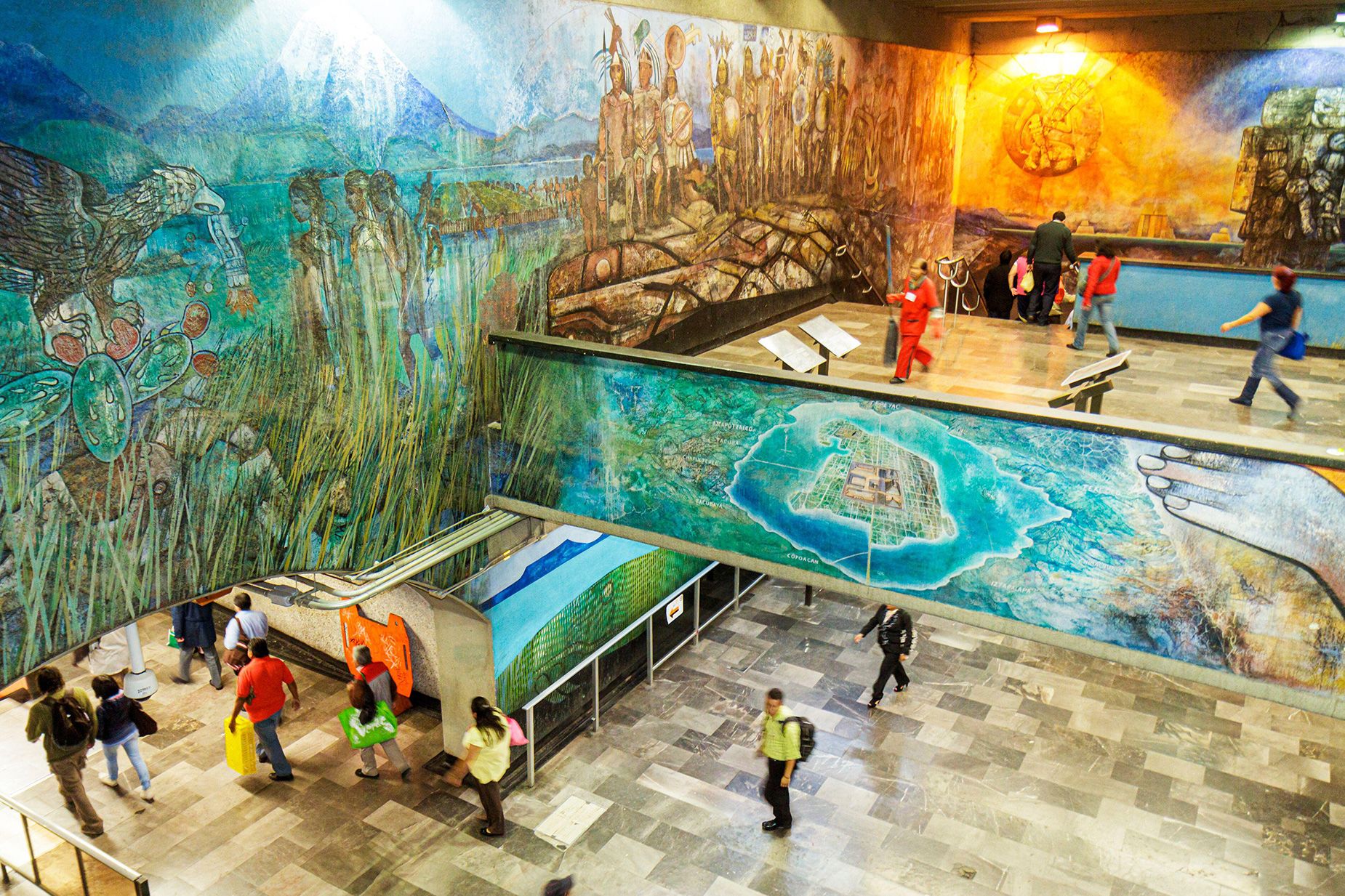
Mexico City’s STC Metro network has been running since 1969. Jeffrey Isaac Greenberg/Alamy Stock Photo
Mexico City is notorious for its chronic traffic jams and choking pollution, but fortunately citizens and visitors have the option of escaping into an extensive and efficient rapid transit system that enjoys some of the cheapest fares in the world.
Opened in 1969, the STC Metro is now the second largest in North America – after New York City – and has 12 lines, 195 stations (115 underground) and more than 140 miles (225 kilometers) of tracks.
Instead of conventional steel wheels on steel rails, it employs a similar system to many Paris Métro lines with rubber tyres on steel wheels, offering a smoother and quieter ride on Mexico City’s unstable and earthquake-prone terrain.
This decision proved to be a wise one after the system survived a 1985 earthquake intact.
In one of the world’s most populous cities, where rich and poor often lead very separate existences, the STC Metro brings together diverse social classes in a shared space to avoid the congestion, noise and pollution in the streets above. And, with a flat fare of just five pesos (around $0.25c) per trip, there’s no cheaper or quicker way to get around this vast metropolis.
Singapore Mass Rapid Transit
Many of Asia’s great cities have benefited from lessons learned by the early subway builders in Europe and North America. Instead of tiny tunnels and cramped, stuffy trains, commuters in cities such as Singapore enjoy larger profile trains and spacious stations acting as vibrant community hubs.
Despite only opening in 1987, Mass Rapid Transit (MRT) is southeast Asia’s oldest metro network – as well as its busiest. High land values in the densely packed city state also made it the world’s most expensive metro to build, with construction costs reaching $111.5 billion by 2021.
Much of the 140-mile (225 kilometer), six-line, fully-automatic network is elevated, although some of the more recent sections are underground, with some stations designed to double as public air-raid shelters.
Like the city it serves, MRT is famous for being spotlessly clean and efficient. To keep it that way, smoking, drinking and eating are banned at stations and on trains – and that includes the famously stinky durian fruit, a favourite of many locals!
Berlin U-Bahn
Home to more than 3.7 million people, Germany’s capital enjoys one of the densest urban transit and best integrated networks in the world. The 120 years since the opening of its first U-Bahn (subway) line have also been uniquely turbulent, seeing Berlin at the epicenter of World War II and the Cold War.
First opened in 1902, Berlin’s earliest U-Bahn lines are of similar vintage to those in Paris and New York City and share many characteristics. Bright yellow trains rattle above suburban streets on vintage steel viaducts before diving into small-profile tunnels under the city center. Crossing the iconic Oberbaum Bridge on Line U1 – the oldest part of the network – is an unmissable Berlin experience.
Today, the U-Bahn network consists of nine lines and 174 stations – 90% of which are underground – carrying more than 1.5 million passengers a day.
Complementing the U-Bahn are the classic red and cream S-Bahn trains, providing faster journeys for longer hops across the city.
The 16 S-Bahn routes are Berlin’s major arteries, connecting its most important locations with its wider region. Best known is the elevated Stadtbahn, which has provided an unbeatable sightseeing tour through the city’s best-known sights since the mid-1920s, from Zoologischer Garten in the west via the Tiergarten park and Berlin Hauptbahnhof (main station) to Alexanderplatz, home of the Communism-era Television Tower.
S-Bahn and U-Bahn trains interchange with local buses and trams at well-organized hubs, providing a superb transit network that reaches every corner of this once-divided city.






